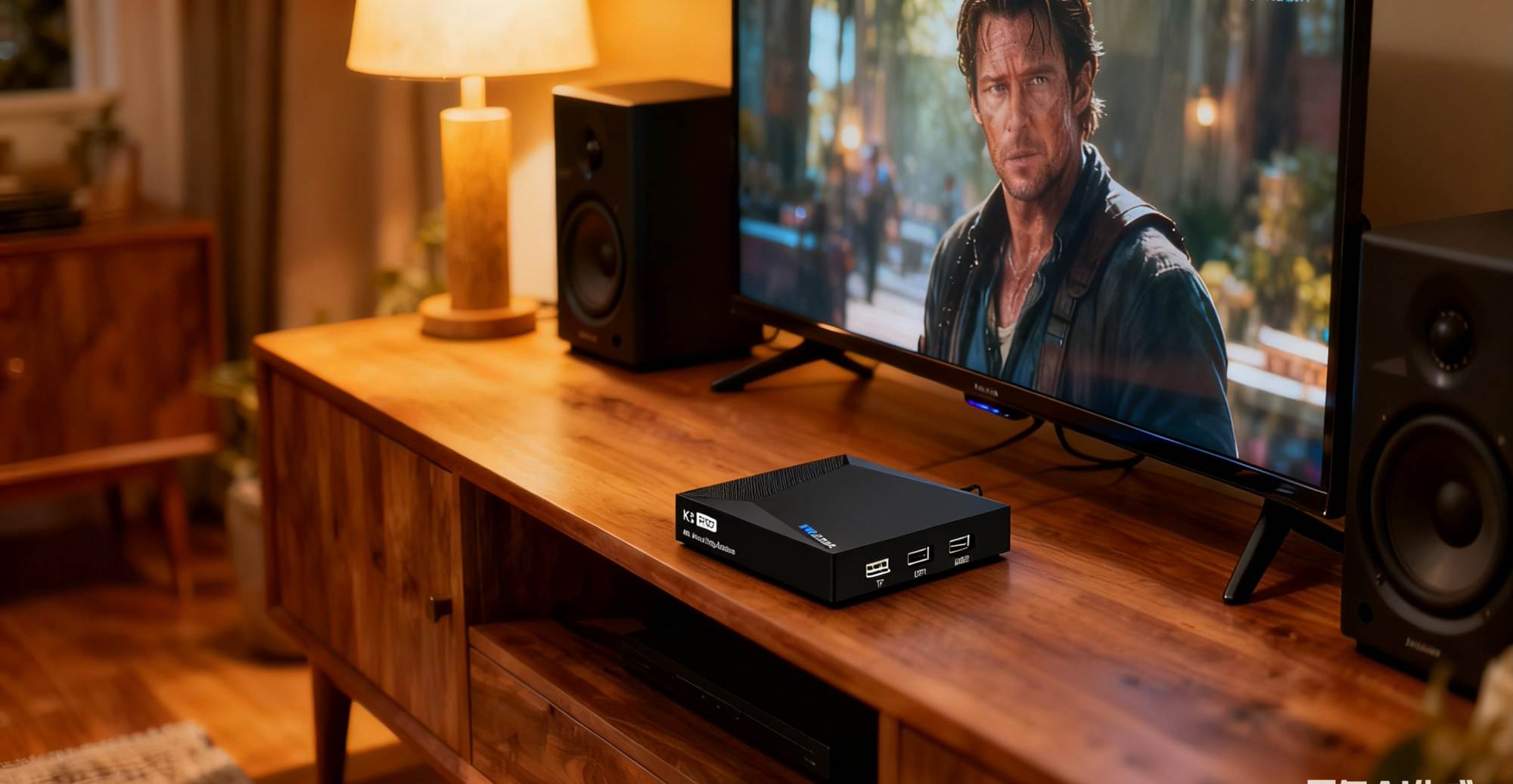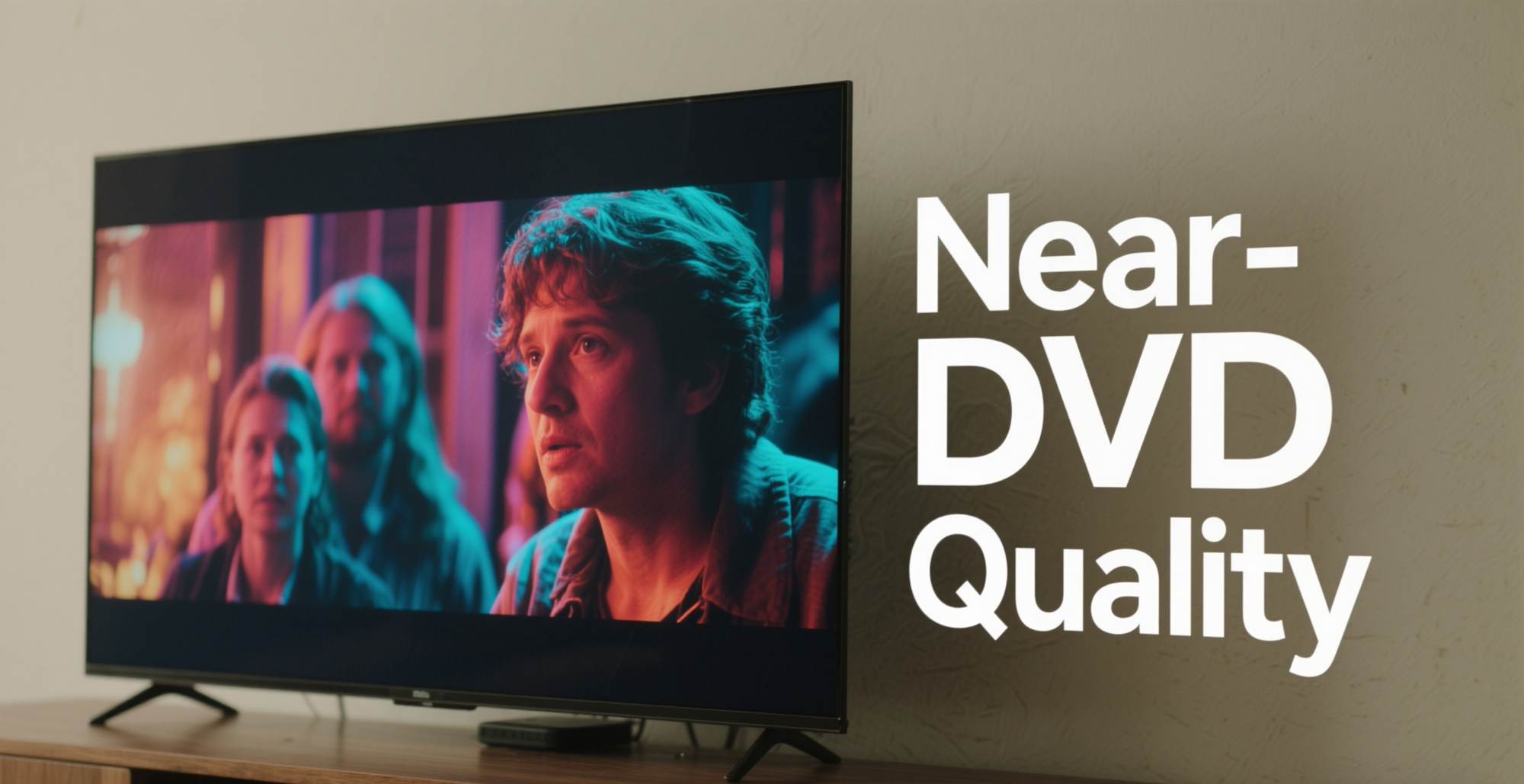IPTV encoders play a crucial role in digital media transmission. Understanding their workings can help you answer three key questions: Why are some live streams clear and stable? How should you choose an encoder for different application scenarios? And do you really need to invest in a dedicated device? Whether you're an IT professional building a corporate live streaming system, a hotel operations manager, or just an average user interested in IPTV technology, mastering this knowledge will help you make more informed decisions.
contents
1. Basic Understanding of IPTV Encoders
1.1 Technical Definition
1.2 Real-World Application Scenarios
2. Core Technology Analysis
2.1 Signal Characteristics and Processing Requirements
2.2 System Workflow
2.3 Key Technology Principles
3. In-Depth Analysis of Mainstream Coding Standards
3.1 H.264/AVC Standard
3.2 H.265/HEVC Standard
3.3 Emerging Codecs
4. Detailed Explanation of Transmission Protocols and Technologies
4.1 Real-time Transmission Guarantee
4.2 Comparison of Streaming Protocols
4.3 Transmission Mode Selection
5. Equipment Selection Guide
5.1 Key Selection Factors
Summary
FAQ
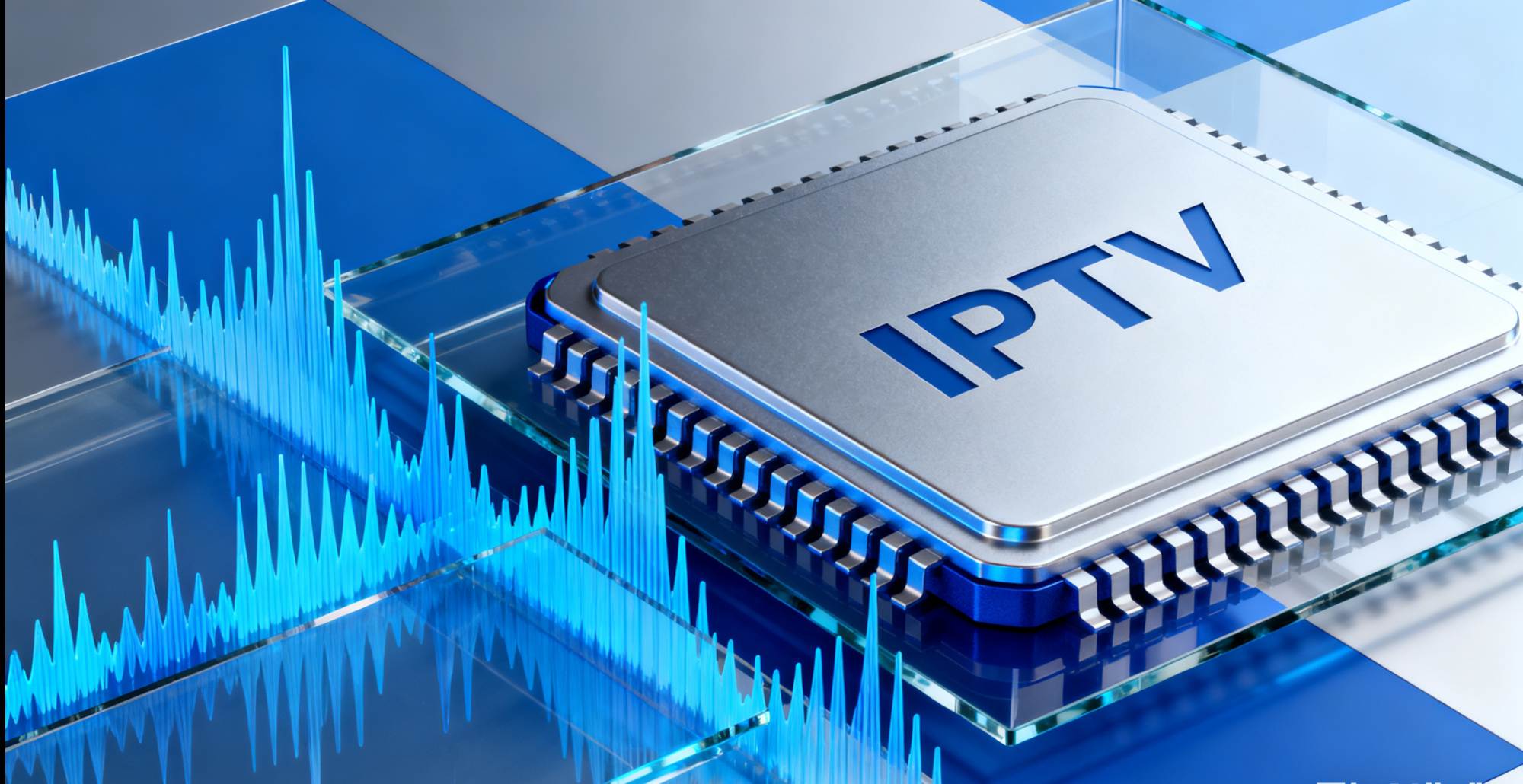
1. Basic Understanding of IPTV Encoders
1.1 Technical Definition
An IPTV encoder is a professional-grade audio and video processing device designed for broadcast and online streaming. Its core components include an audio and video codec chip, multi-format input and output interfaces, a network transmission module, a system control and management unit, and a protocol processing unit.
1.2 Real-World Application Scenarios
Imagine you need to share a video of your child's birthday party with a distant relative. The original file is too large to transmit. You might choose to compress the file for easier transmission. IPTV encoders perform a similar but more specialized process: they convert raw audio and video signals from cameras, set-top boxes, or satellite receivers into an IP data format suitable for transmission over the internet or local area network. They also intelligently adjust image quality and file size based on network conditions, ensuring smooth and seamless transmission, ultimately delivering a high-quality audiovisual experience on a variety of devices.
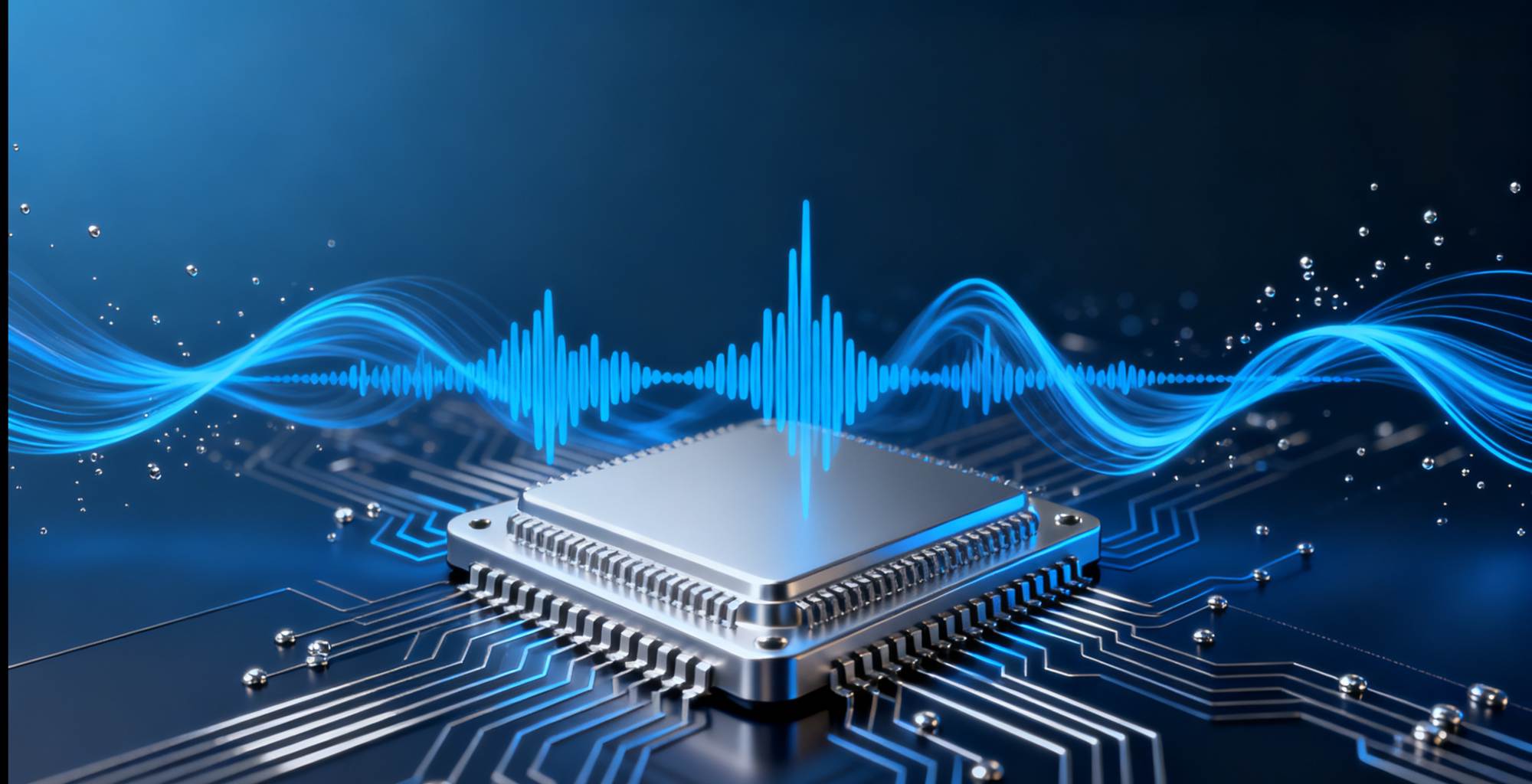
2. Core Technology Analysis
2.1 Signal Characteristics and Processing Requirements
Raw audio and video signals are like freshly harvested agricultural products: bulky and difficult to transmit directly. For example, a 4K camera's raw signal data volume can reach hundreds of megabytes per second, while typical home broadband upload speeds typically only reach a few to tens of megabits per second. This significant disparity makes direct transmission of raw signals nearly impossible, requiring specialized equipment for conversion and processing.
2.2 System Workflow
IPTV encoders follow a carefully designed processing workflow:
Signal Acquisition: Signal source devices are connected via a variety of interfaces, such as HDMI, SDI, and AV. This diverse interface dictates device compatibility. For example, SDI interfaces support high-definition signals from professional cameras, while AV interfaces are compatible with traditional set-top boxes. Signal preprocessing: Performs preliminary optimization of the collected signal, including noise reduction and audio equalization, to improve signal quality.
Encoding and compression: Utilizes advanced encoding standards (such as H.264 and H.265) to remove redundant information from the signal, reducing the data size to a few tenths of its original size, enabling efficient network transmission.
Protocol encapsulation: Utilizes specialized transmission protocols (such as RTP and RTMP) to encapsulate the compressed data, ensuring the integrity and accuracy of data transmission.
Network output: Ultimately, the processed data is transmitted to various end devices via wired or wireless networks.
2.3 Key Technology Principles
Encoding and compression stem from two core concepts:
Redundant information elimination: Original audio and video contain a significant amount of repetitive content. For example, static background images in live broadcasts create spatial redundancy, while repetitive audio melodies create temporal redundancy. Encoding technology intelligently identifies and removes this redundant information, retaining only the core, changing content, significantly reducing data volume.
Bitrate control: The bitrate represents the amount of data transmitted per second, measured in Mbps. The encoder dynamically adjusts the output bitrate based on available bandwidth, maintaining basic image quality in limited bandwidth environments and delivering a high-definition experience under high-quality network conditions.

3. In-Depth Analysis of Mainstream Coding Standards
3.1 H.264/AVC Standard
As the most widely used coding standard, H.264 is renowned for its excellent compatibility and stability. Its moderate compression efficiency and low requirements for decoding devices enable smooth playback even on older devices. It is particularly well-suited for applications with complex device types and high compatibility requirements.
3.2 H.265/HEVC Standard
As an upgraded version of H.264, H.265 achieves significant improvements in compression efficiency. Under the same image quality conditions, H.265 requires approximately 50% less bitrate than H.264. This efficiency improvement is particularly important for scenarios with multiple devices transmitting simultaneously, significantly saving bandwidth resources.
3.3 Emerging Codecs
AV1 and VP9, as open-source codecs, offer unique advantages in specific application scenarios:
AV1: Jointly developed by multiple technology giants, it offers improved compression efficiency compared to H.265 and requires no licensing fees. It is particularly suitable for ultra-high-definition content transmission, but it also requires higher hardware performance.
VP9: Led by Google, it strikes a good balance between compression efficiency and compatibility, making it particularly suitable for applications with limited network conditions.

4. Detailed Explanation of Transmission Protocols and Technologies
4.1 Real-time Transmission Guarantee
RTP and RTCP protocols work together to ensure stable transmission of real-time audio and video data. RTP is responsible for data transmission, while RTCP monitors transmission quality and adjusts transmission strategies in real time to cope with network fluctuations.
4.2 Comparison of Streaming Protocols
RTMP: Known for its low latency, it is suitable for live streaming scenarios requiring high interactivity, but it has relatively strict network requirements.
HLS: It offers excellent compatibility and adaptability, automatically adjusting video quality based on network conditions, but it also has relatively high latency.
DASH: As an open-source solution, it offers cross-platform compatibility and is gaining favor among a growing number of service providers.
4.3 Transmission Mode Selection
Multicast Mode: Suitable for scenarios where multiple terminals within a local area network receive the same content, significantly saving bandwidth resources.
Unicast Mode: Meets personalized viewing needs, supports interactive features such as on-demand and playback, and is suitable for public network environments.

5. Equipment Selection Guide
5.1 Key Selection Factors
Number of Channels: Determine equipment specifications based on the number of signal sources to be processed simultaneously to avoid wasted resources or insufficient performance.
Encoding Format: Choose equipment that supports modern encoding standards to ensure content quality that meets current needs.
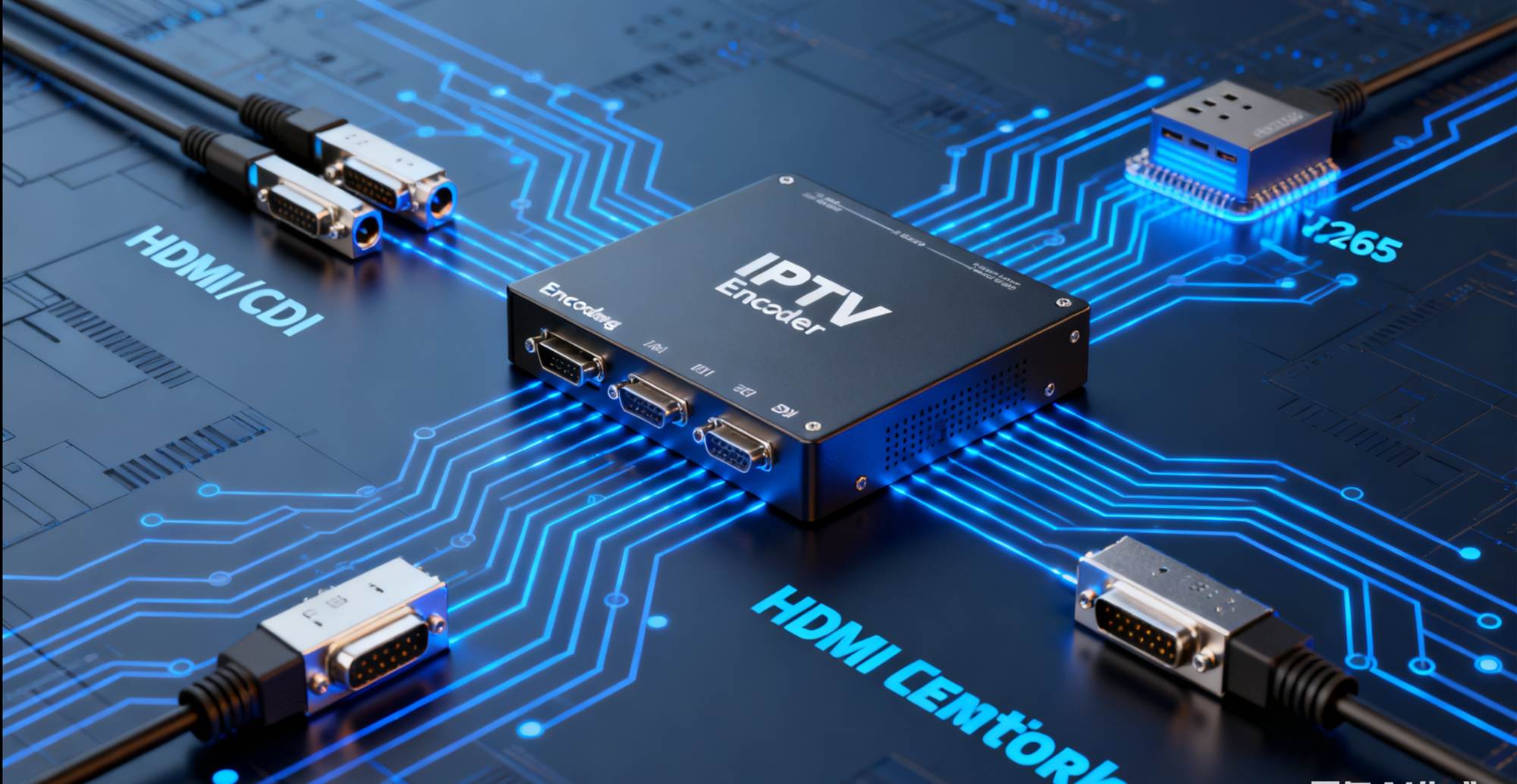
Summary
For home users, choosing an established IPTV service provider is generally the best option. There's no need to purchase a dedicated IPTV encoder. Professional IPTV service providers offer stable and reliable service quality, a rich selection of content, and comprehensive technical support, eliminating the hassle of self-maintenance. Alternatively, you can choose a dedicated IPTV TV box with a one-time fee and lifetime free access. Click here to learn more about "IPTV TV boxes."
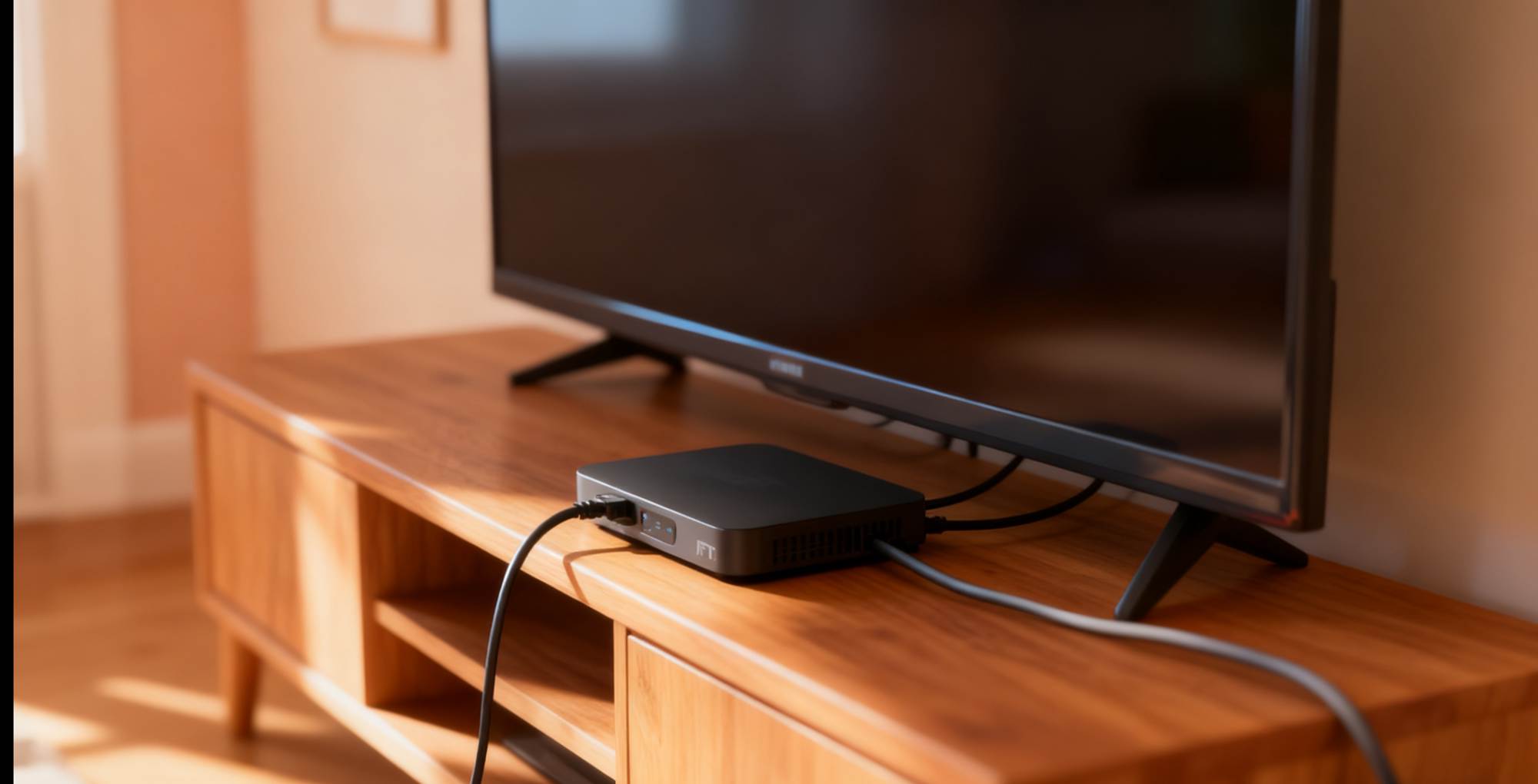
FAQ
Do home users need to purchase a professional encoder?
For the average home user, there's generally no need to purchase professional encoding equipment.
What's the difference between an encoder and a format converter?
There are fundamental differences between the two in terms of functional positioning and technical level. Format converters only perform basic format conversion, while professional encoders provide complete signal processing, compression optimization, and network adaptation functions to ensure optimal content transmission under various network conditions.




